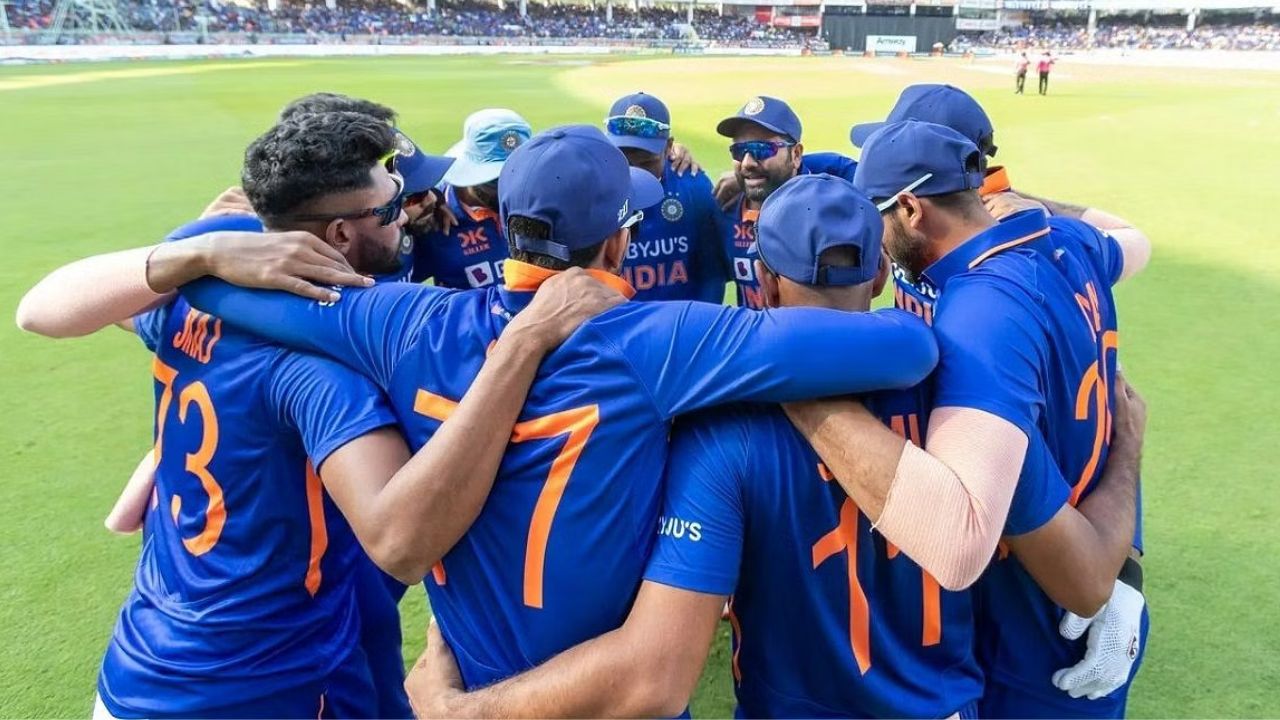Of course, Team India has won two matches in the Asia Cup by ten wickets and one match by a huge margin of 228 runs. The same match had a score of 356 and the opposition was crushed to 128. In the final, the opposition team was reduced to 50 runs. These were memorable moments of the Asia Cup, but now it is enough to celebrate the victory. Now it is time to work on grey areas.
Dot balls create problems
Rahul Dravid has always emphasized on playing as few dot balls as possible because the problem of dot balls can be overcome by strike rotation on slow pitches. Even in the NCA session of Team India, the most emphasis was given on this but Team India could not execute it properly in the Asia Cup. The truth is that Team India played about half the dot balls against Bangladesh and 157 out of 295 dot balls against Sri Lanka in the Super 4 match. In the same match, out of the last 96 balls, 61 were dot balls. If Kuldeep Yadav had not been in this match, India would have certainly lost.
Bench Strength Disappointed
Team India’s second problem is the lack of bench strength. The same bench strength proved to be a savior for the team on the Australia tour and Team India broke Gabba’s pride then. But against Bangladesh, the last three wickets added 105 runs at a run rate of around six runs per over. That is, Prasidh Krishna, Shardul Thakur and Axar Patel proved to be ineffective. Even Suryakumar Yadav plays ODI cricket with a T20 mindset and Tilak Varma also could not capitalize on the opportunity he got.
The Left-arm Spinner Becomes a Problem
Left-arm spinners have been a problem for Team India for some time now. In the match against Bangladesh, Welallage took five wickets, and Bangladesh left-arm spinner Shakib put pressure on the team by getting Suryakumar out. Virat Kohli and KL Rahul were both out to Welallage’s short of good length balls. Gill was out to the flight, Rohit to his skiddy ball, and Hardik while playing a forward defensive shot. Virat Kohli’s average in the last two years against left-arm spinners is just 13 runs per innings.
Losing Wickets in Clusters
Team India’s biggest problem is losing wickets in clusters. In the league match against Pakistan in Pallikal, Team India lost the first four wickets for 66 runs and the last four wickets for 62. Similarly, in the Super 4 match against SL, Team India lost five wickets for 41 runs and a part-timer like Asalanka proved to be a handful for the team. Against Bangladesh, the team lost four wickets for 94 runs. It is clear that the continuous loss of wickets puts pressure on Team India, making the job of the bowlers even more challenging.
Fielding
Although Team India’s fielding was overall above average, it lacked the kind of fielding that is needed to become world champions. It is a good to see that Jasprit Bumrah and KL Rahul have recovered from their injuries & performed superbly but there is still some doubt about Axar Patel and Shreyas Iyer. It is possible that Axar will be replaced by either Ravichandran Ashwin or Washington Sundar in Team India. Many teams have a number of left-handed batsmen. In such a situation, the importance of an off-spinner increases. Both are included in Team India for the upcoming series against Australia.










